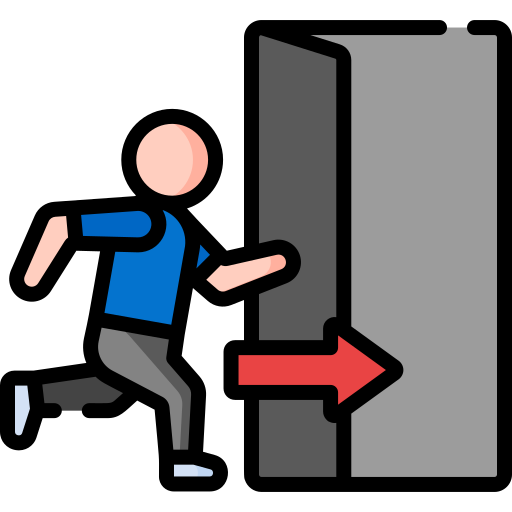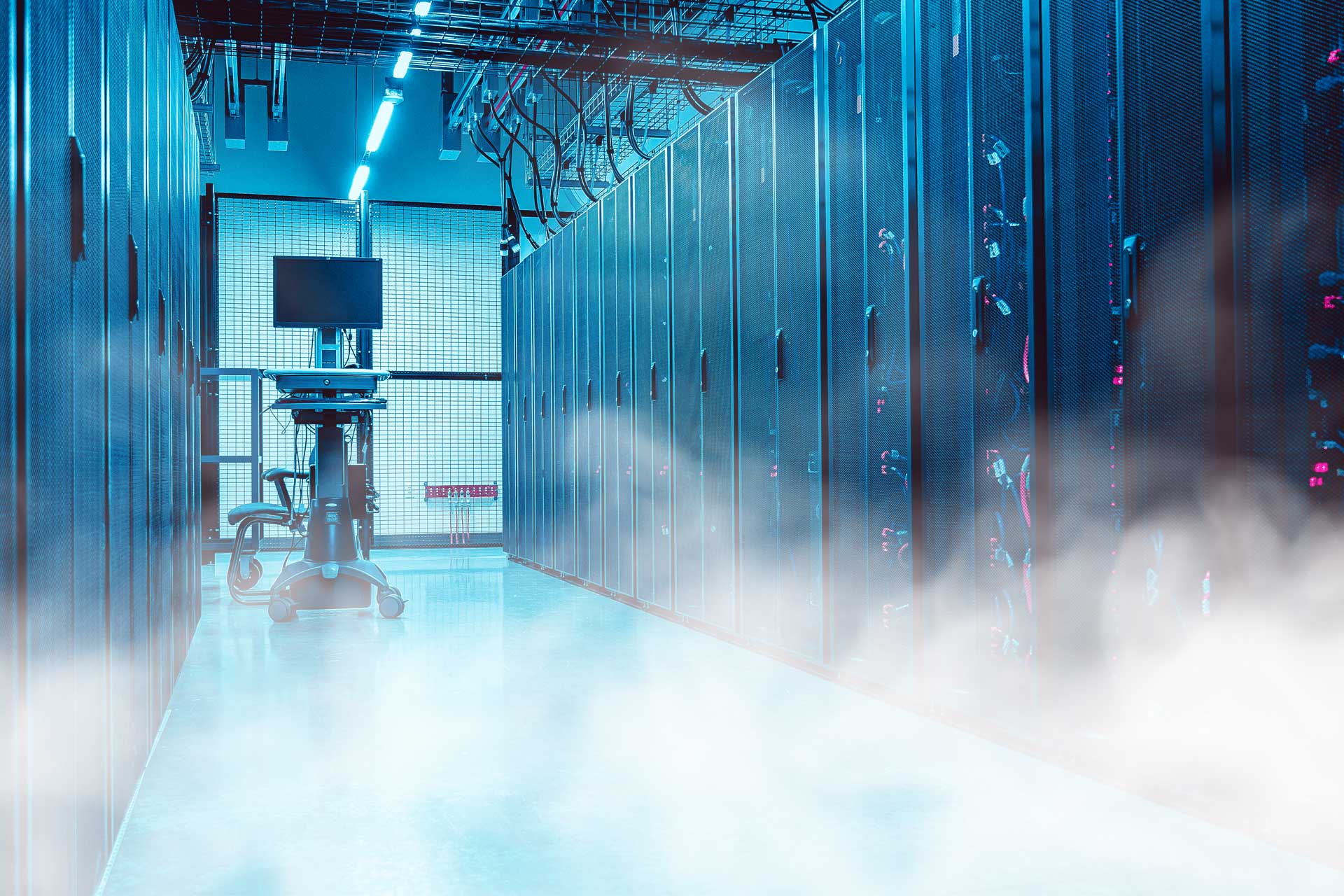Early detection of fire is extremely important. Advances continue to be made in the field of smoke detection technology so that the earliest possible warning of an impending fire hazard can be provided. Aspirating Smoke Detection (ASD) is one of these means of detection that can detect even minute levels of smoke before a fire has time to escalate. This buys time to investigate an alarm and initiate an appropriate response to prevent injury, property damage or business disruption.
ASD systems work differently than standard smoke detection. It uses a sophisticated detector that recognizes the existence of smoke particles suspended in the air, smoke before it is invisible to the naked eye. The system draws air in through a network of pipes that continuously filters the air of contaminants and dust as it seeks to detect smoke or any by-product of combustion. Many of these systems involve multiple levels of detection and can be programmed to be highly sensitive depending on the application.

1. ASD systems is especially important in critical facilities where business continuity is paramount.
Very early smoke detector systems provide the earliest warning of a potential fire which buys time to investigate, intervene and avoid business disruption in addition to damage, downtime and the cost of a suppression release. Such early warning is critical for telecommunications facilities, server rooms, financial data centers, utilities, clean rooms, power generation facilities.

2. ASD systems work in areas where smoke is difficult to detect.
For example, high airflow which dilutes smoke and prevents it from reaching the ceiling; or smoke being trapped in ducts, pockets or voids; or smoke stratifying into a mushroom cloud below a high ceiling. Think warehouses, indoor stadiums, theaters and convention centers.
Sampling points can be placed at the return air grille or in equipment cabinets to detect smoke as it is carried by the air. In large, open spaces, sampling points can be placed where the smoke goes — often some distance below the ceiling level.

3. ASD detectors can be mounted in accessible locations to enable easy maintenance.
Maintenance does not cause disruption and inconvenience to the business.

4. ASD systems would not disrupt design aesthetics.
It can be installed with capillary sampling tubes, which are barely discernible to the human eye. The detectors can be placed in a cupboard or utility area. Great for modern offices, heritage buildings, prisons and detention centers, art galleries and museums and prestigious residences.

5. The very early warning that ASD systems provide allows the maximum time for evacuation.
This is especially important for hospitals, shopping centers, stadiums, heritage buildings and facilities for children and the elderly.

6. The very early warning provided by ASD systems allows early intervention to prevent fire suppression releases, as suppression release can be costly and disruptive.
The multiple alarm levels of VESDA systems can be used to trigger different responses at different stages of a fire — from controlling air conditioning to initiating a suppression release.

7. ASD systems are suitable in tough environmental conditions.
For example, the VESDA VLI detector, with its ruggedized enclosure and patented long-life, fail-safe intelligent filter technology, is specifically designed for industrial applications with harsh and difficult environments.
Such detectors can be installed within the sampling area or remote from the detection area with only the sampling pipes located in the protected area. The sampled air can be filtered, warmed or cooled before reaching the detector. Ideal for water treatment plants, manufacturing and processing plants, fertilizer plants, power generation facilities, textile plants, timber, pulp and paper plants.





